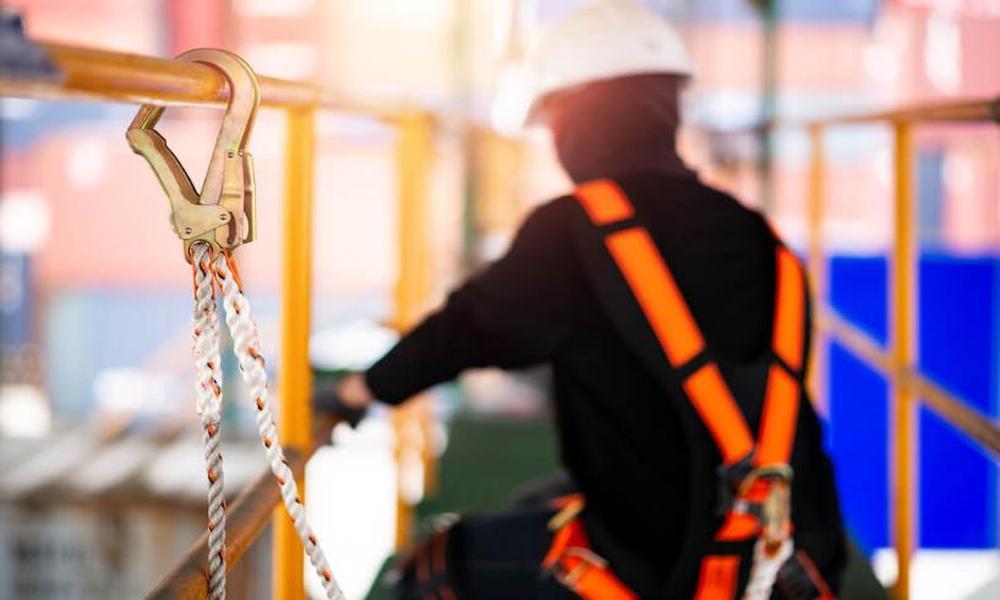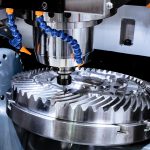
When it comes to industries that involve working at heights, safety should always be the top priority. One of the most crucial tools in ensuring the safety of workers is the fall arrest (stop) system. These systems are designed to prevent falls from elevated positions and are truly lifesavers in workplaces where the risk of such accidents is high. In this blog post, we will delve into the significance of fall arrest systems and how they serve as a vital safeguard in heights-related workplaces.
The Importance of Fall Arrest Systems
The need for fall arrest components cannot be overstated in workplaces where employees frequently operate at elevated levels. Here are some key reasons why fall-stop systems are essential:
Preventing Fatalities and Injuries
Fatalities and serious injuries resulting from falls can be catastrophic for both workers and employers. Fall arrest equipment provides a reliable means of preventing such incidents by minimizing the distance a worker falls and reducing the impact force on their body upon arrest. This often translates to less severe injuries or, ideally, no injuries at all.
Compliance with Safety Regulations
Workplace safety regulations and standards are in place to protect workers from hazards, especially those associated with working at heights. Fall arrest components play a pivotal role in meeting these regulatory requirements. Employers who fail to implement proper fall protection measures, including fall arrest equipment, can face serious legal consequences and reputational damage.
Boosting Worker Confidence
Knowing that effective fall-stop systems are in place can significantly boost worker confidence. When employees feel secure in their working environment, they are more likely to focus on their tasks and perform their duties more efficiently. This positive impact on morale and productivity is an indirect yet valuable outcome of implementing proper fall protection measures.
Versatility in Application
Fall arrest systems can be customized to suit various workplaces and scenarios. Whether it’s construction sites, telecommunications towers, rooftops, or any other heights-related workplace, fall arrest equipment can be tailored to fit the specific requirements of the environment, ensuring that workers are adequately protected regardless of the situation.
Components of an Effective Fall Arrest System
An effective fall arrest component comprises several key components that work together to provide comprehensive protection for workers. Here’s a breakdown of these components:
Harnesses
A harness is worn by the worker and serves as the connection point between the worker and the rest of the fall stop system. It distributes the forces of arrest across the body, reducing the risk of injury. Modern harnesses are designed for comfort and adjustability, ensuring a secure fit.
Lanyards
Lanyards are the connection between the harness and the anchor point. They are typically made from durable materials and come in various lengths to accommodate different working distances. Shock-absorbing lanyards further reduce the impact on the worker’s body during a fall.
Anchor Points
Anchor points are fixed structures or devices to which the lanyard is attached. These points must be strong enough to support the load generated during a fall. Regular inspection and proper installation of anchor points are crucial to ensuring their reliability.
Connectors and Hardware
Connectors, such as carabiners, are used to link different components of the fall arrest equipment. High-quality connectors ensure a secure and reliable connection, minimizing the risk of accidental disconnection.
Best Practices for Fall Arrest System Usage
To make the most of fall component systems and ensure their effectiveness, it’s essential to adhere to these best practices:
Thorough Training
Workers must receive comprehensive training on the proper use of fall arrest equipment. This includes understanding how to put on a harness, attach lanyards correctly, and inspect equipment before use.
Regular Inspection
Routine inspection of fall arrest components is vital. This includes checking for wear and tear, corrosion, and any signs of damage. Defective equipment should be replaced immediately.
Emergency Procedures
Workers should be well-versed in emergency procedures related to fall arrest situations. This includes knowing how to rescue a colleague who is suspended after a fall.
Risk Assessment
Before commencing any work at height, a thorough risk assessment should be conducted. This assessment helps determine the appropriate fall arrest components and procedures based on the specific task and environment.
The Bottomline:
In conclusion, a fall arrest system plays a crucial role in ensuring the safety of workers in heights-related workplaces. They serve to prevent fatal falls, comply with safety regulations, and boost worker confidence. By adhering to best practices like proper training, regular inspection, and the selection of suitable equipment, the life-saving potential of fall arrest equipment can be maximized. As technology continues to evolve, we can look forward to even more efficient and user-friendly fall arrest components in the future.




